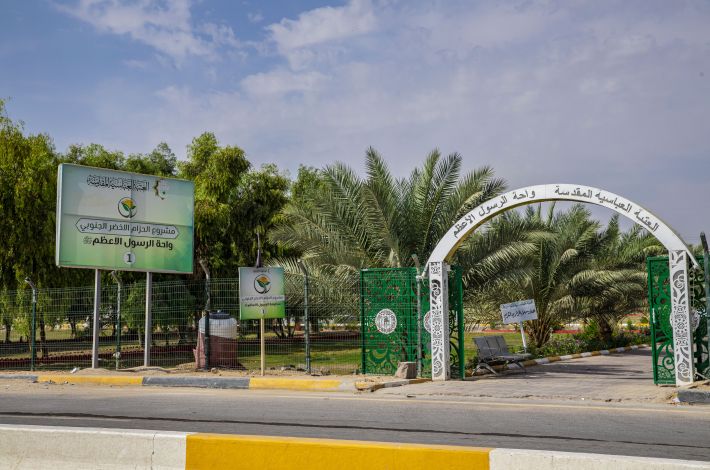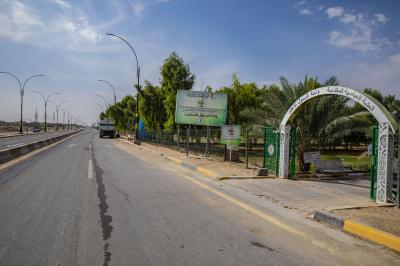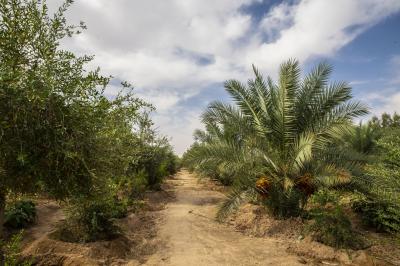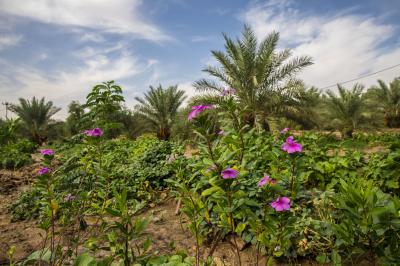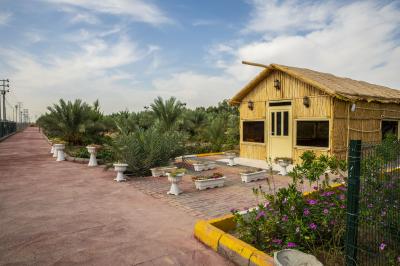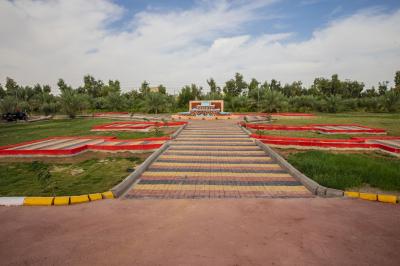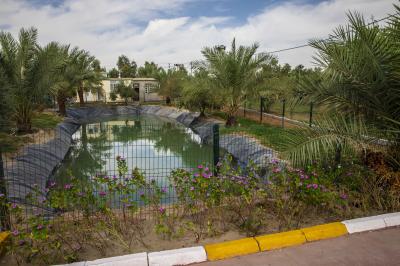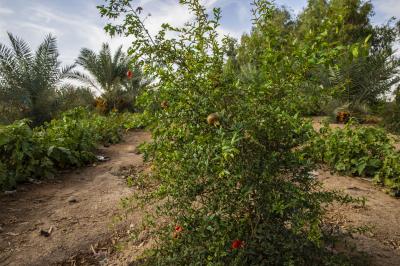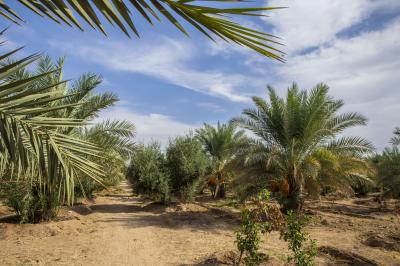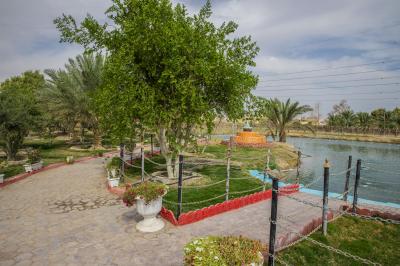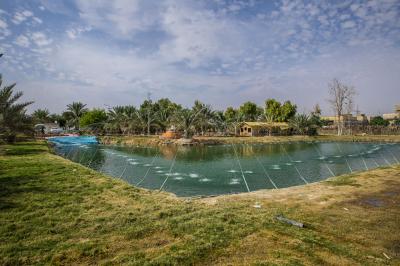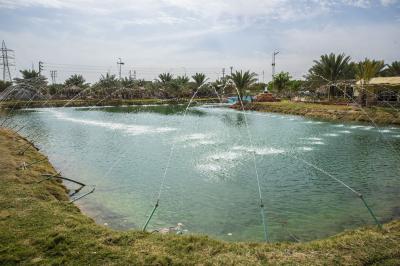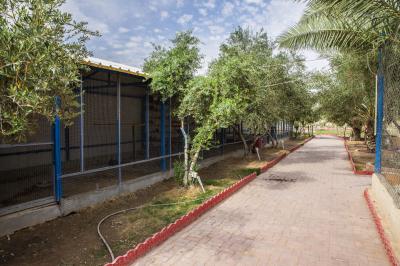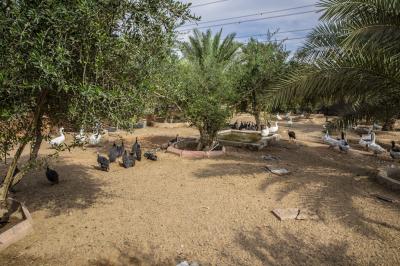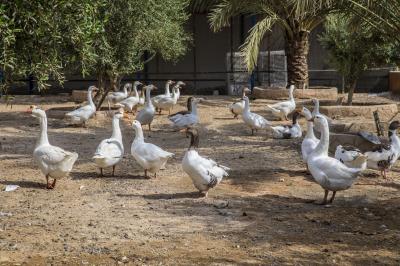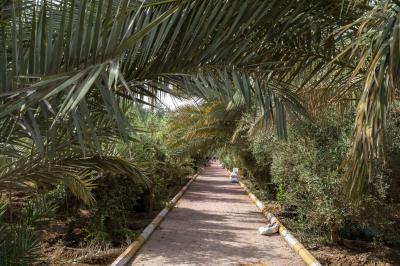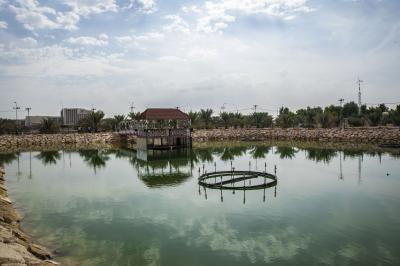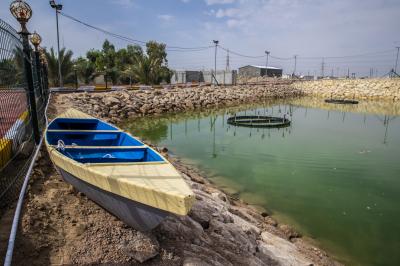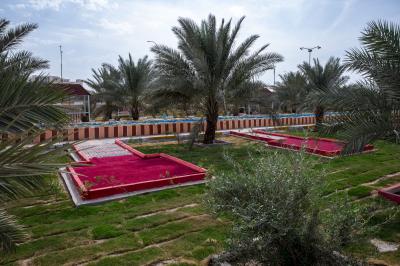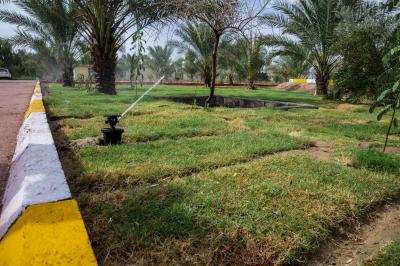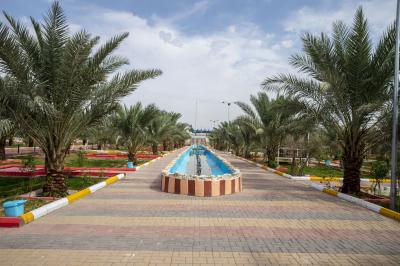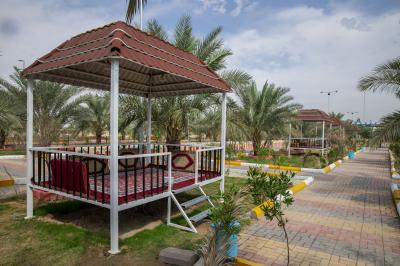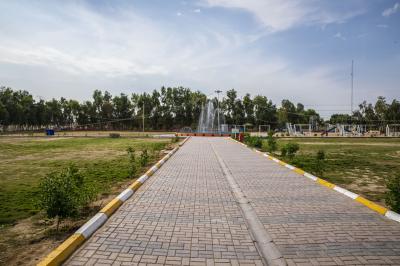"The number of plantings planted in the project's oases has increased significantly over the past two years from what it was previously, reaching more than 200.000 palms and trees, as well as the percentage of planting multiple varieties of vegetables and other trees, increased to more than 50.000 trees in the oases of the Green Belt project to combat desertification and climate change in the holy city of Karbala,"he said.
He added that " the increase in the number of trees planted within the project is aimed at achieving the goals set by the Al-Abbas's (p) holy shrine of the project, including reviving the land, reclaiming it and turning it into green agricultural land after what was semi-desert and neglected, in addition to the economic, climatic and environmental benefit, as well as the fact that the project has become an outlet for Karbala families.
He continued, "we adopt modern irrigation methods to water the crops scattered along the project, including tubular and surface Wells, "pointing out that"surface wells are involved in watering and feeding the lakes inside the project that include fish, in addition to using them in the aesthetic side of the project to supply water to fountains, as for tubular wells are an important strategic reservoir for water sources and agriculture."
The Al-Abbas's (p) holy shrine continues its work in expanding green spaces within the project, to serve visiting citizens and achieve the Sustainable Development Goals, as well as facing the challenges of climate change witnessed by the country.
